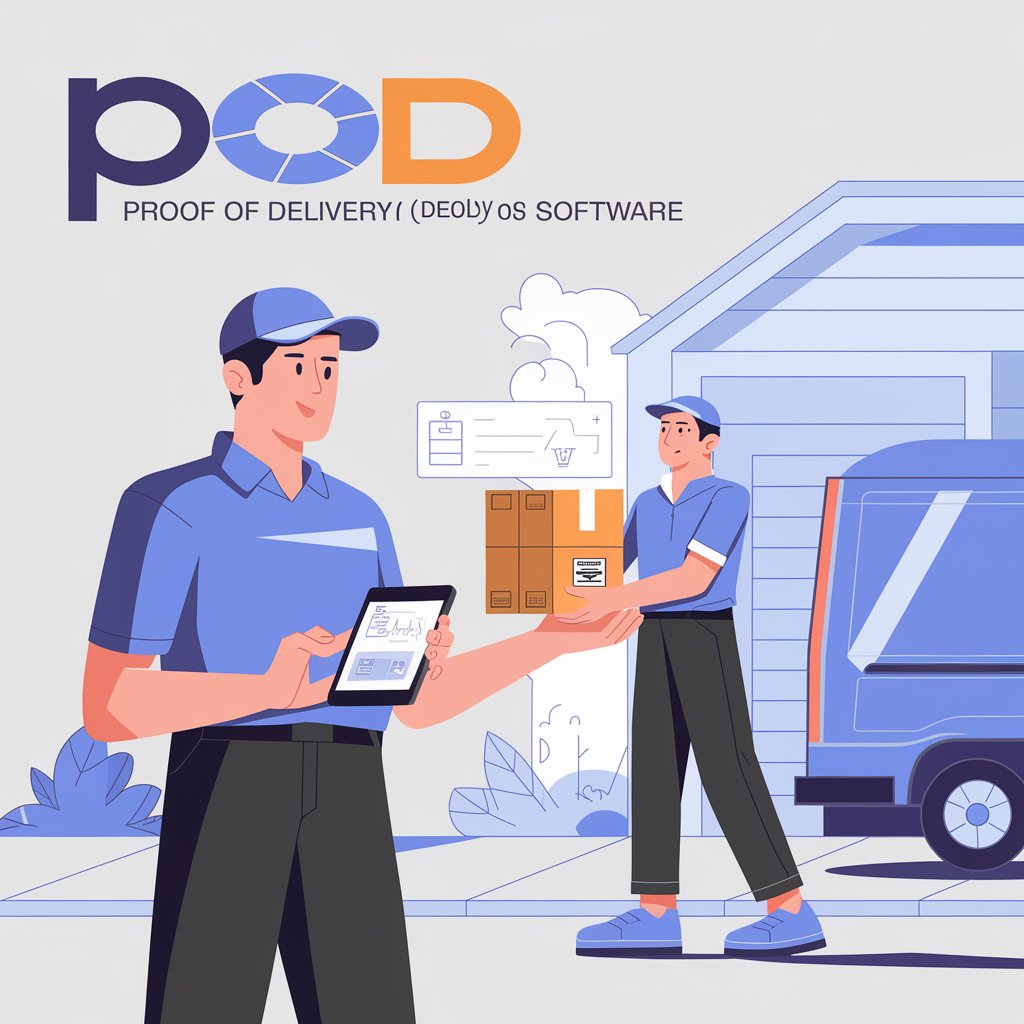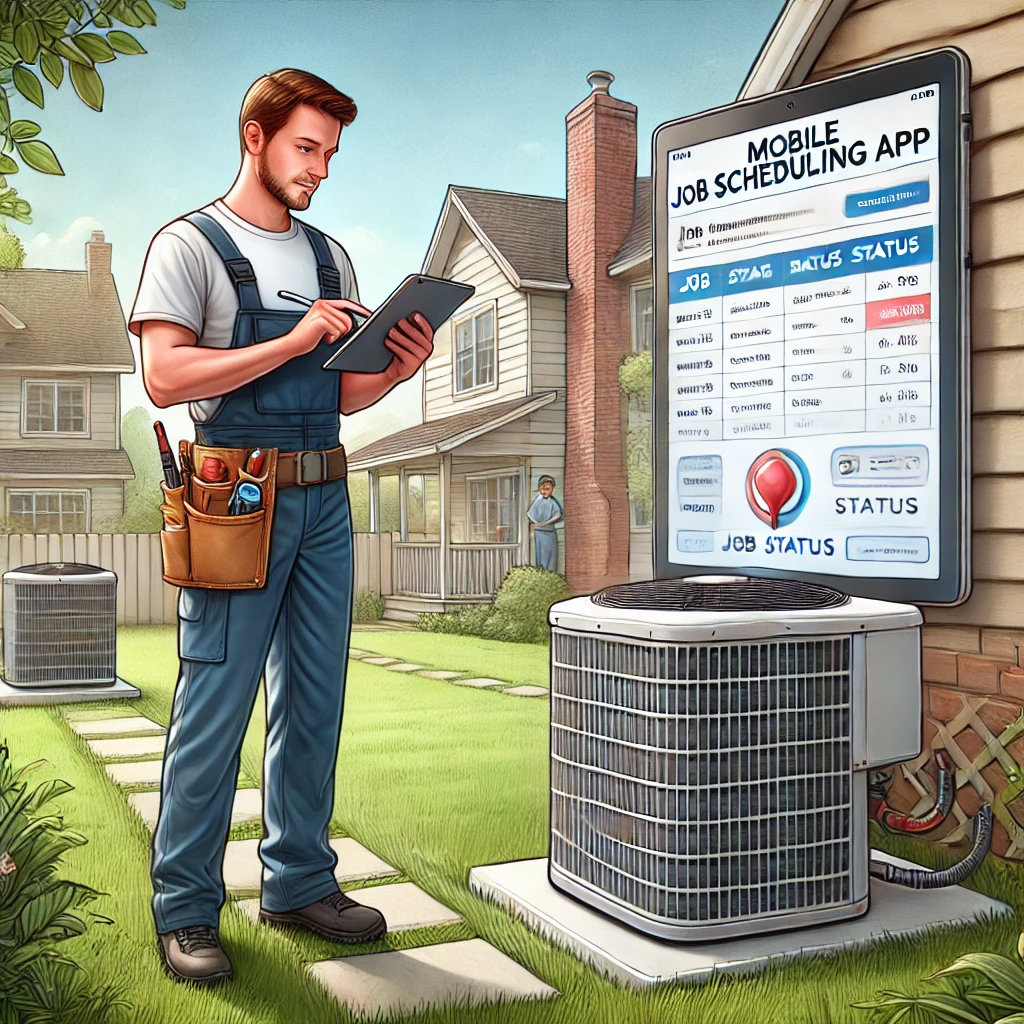HVAC Scheduling Apps: Streamlining Operations for Modern HVAC Businesses

Understanding HVAC Scheduling Apps
HVAC scheduling apps are specialized software solutions designed to help heating, ventilation, and air conditioning businesses manage their daily operations more effectively. These apps go beyond simple calendar functionality, offering a range of features tailored to the unique needs of HVAC contractors and technicians.
Key Features of HVAC Scheduling Apps
- Appointment Scheduling: Easy-to-use interface for creating, modifying, and tracking appointments.
- Technician Dispatching: Efficiently assign jobs to technicians based on skills, location, and availability.
- Real-time Updates: Keep office staff and technicians informed about schedule changes and job statuses.
- Customer Management: Store and access customer information, service history, and equipment details.
- Mobile Access: Allow technicians to view schedules, update job statuses, and access information on-the-go.
- Route Optimization: Plan the most efficient routes for technicians to minimize travel time and fuel costs.
- Invoicing and Estimates: Create and send professional invoices and estimates directly from the app.
- Inventory Tracking: Monitor parts and equipment inventory levels in real-time.
- Reporting and Analytics: Generate insights on business performance, technician productivity, and more.
- Integration Capabilities: Connect with other business tools like accounting software and CRM systems.
Benefits of Using HVAC Scheduling Apps
- Improved Efficiency: Streamline scheduling and dispatching processes, reducing administrative time.
- Enhanced Customer Satisfaction: Provide accurate appointment times and quick response to service requests.
- Increased Productivity: Optimize technician routes and reduce idle time between jobs.
- Better Communication: Facilitate seamless communication between office staff, technicians, and customers.
- Reduced Errors: Minimize double-bookings and scheduling conflicts with automated systems.
- Data-Driven Decisions: Use reporting features to identify trends and make informed business decisions.
- Scalability: Easily manage growth in service requests and technician teams.
- Paperwork Reduction: Digitize forms, invoices, and customer signatures for a more eco-friendly operation.
Choosing the Right HVAC Scheduling App
When selecting an HVAC scheduling app for your business, consider the following factors:
- Ease of Use: Look for an intuitive interface that requires minimal training.
- Customization: Ensure the app can be tailored to your specific business processes.
- Mobile Functionality: Check that the mobile app is robust and works on various devices.
- Integration Capabilities: Verify compatibility with your existing software ecosystem.
- Scalability: Choose a solution that can grow with your business.
- Customer Support: Evaluate the level of support and training offered by the vendor.
- Pricing Structure: Consider both upfront costs and long-term value.
- Security Features: Ensure the app has strong data protection measures in place.

Top HVAC Scheduling Apps in the Market
While there are many options available, here are some of the leading HVAC scheduling apps:
1. Linbis
Standout Features for HVAC Businesses:
- Intuitive, user-friendly interface requiring minimal training
- Flexible scheduling system adaptable to various HVAC service types
- Robust mobile app for technicians with offline capabilities
- Customizable forms for HVAC-specific job requirements
- Integrated inventory management for HVAC parts and equipment
- Competitive pricing suitable for small to medium-sized HVAC businesses
Pros:
- Exceptional ease of use
- Highly customizable to HVAC-specific needs
- Excellent customer support
- Regular updates based on user feedback
Cons:
- May lack some advanced features found in HVAC-specific solutions
2. ServiceTitan
- Comprehensive HVAC business management solution
- Advanced booking and dispatching features
- Robust reporting and analytics
3. Housecall Pro
- User-friendly interface
- Strong customer communication tools
- Integrated marketing features
4. FieldEdge
- Specifically designed for HVAC and field service industries
- QuickBooks integration
- Detailed customer equipment tracking
5. Jobber
- Versatile scheduling and customer management
- User-friendly mobile app
- Affordable pricing for small businesses
Implementing an HVAC Scheduling App
To successfully implement an HVAC scheduling app in your business:
- Assess Your Needs: Identify your specific pain points and goals.
- Involve Your Team: Get input from technicians and office staff during the selection process.
- Plan for Data Migration: Ensure a smooth transfer of existing customer and job data.
- Provide Thorough Training: Train all users on the new system, emphasizing its benefits.
- Start with a Pilot: Test the app with a small team before full-scale implementation.
- Gather Feedback: Continuously collect input from users and make adjustments as needed.
- Monitor KPIs: Track key performance indicators to measure the app’s impact on your business.

The Future of HVAC Scheduling Apps
As technology continues to evolve, we can expect to see these trends in HVAC scheduling apps:
- AI-Powered Predictive Maintenance: Schedule preventive maintenance based on equipment performance data.
- IoT Integration: Connect with smart HVAC systems for real-time monitoring and automatic service alerts.
- Augmented Reality Support: Assist technicians in diagnosing and repairing equipment using AR technology.
- Advanced Analytics: Provide deeper insights into business performance and customer trends.
- Enhanced Customer Self-Service: Allow customers to book and manage appointments through user-friendly portals.

Conclusion: Transforming HVAC Businesses with Scheduling Apps
HVAC scheduling apps are no longer a luxury but a necessity for modern HVAC businesses looking to stay competitive. These powerful tools can significantly improve operational efficiency, enhance customer satisfaction, and drive business growth.
While there are many options available, Linbis stands out as an excellent choice for HVAC businesses seeking a user-friendly, flexible, and cost-effective solution. Its intuitive interface, customizable features, and strong mobile capabilities make it well-suited for the unique needs of HVAC contractors and technicians.
Ultimately, the right HVAC scheduling app for your business will depend on your specific needs, budget, and operational scale. By carefully evaluating your options and choosing a solution that aligns with your business goals, you can transform your HVAC operations and position your company for success in an increasingly digital industry.
